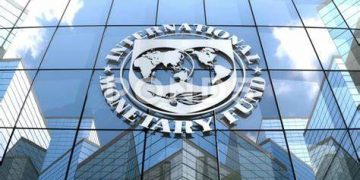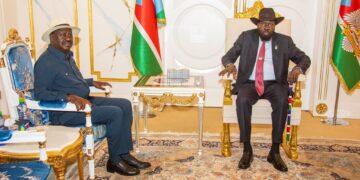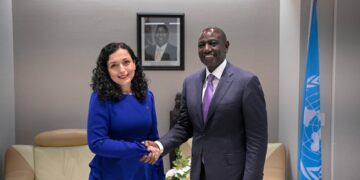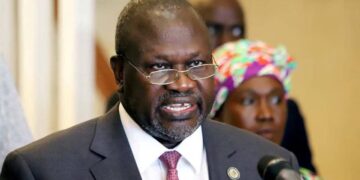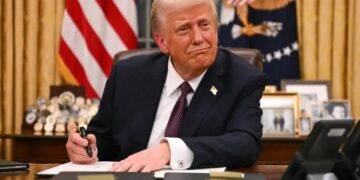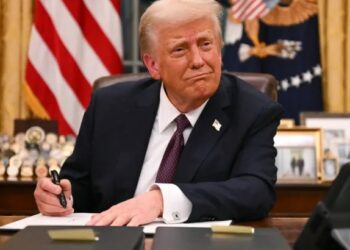By Oyintari Ben
According to the International Monetary Fund (IMF), a finance deal worth $15.6 billion (£12.8 billion) has been concluded with Ukraine.
In the upcoming weeks, it is anticipated that the first loan from the organisation to a war-torn nation will be granted.
Additionally, it would be one of the most significant financial aid packages Ukraine has gotten since the Russian invasion.
A regulation governing loans to nations with “exceptionally high uncertainty” was recently amended by the IMF.
Russian aggression on Ukraine “continues to have a devastating effect on the economy: activity contracted by 30% in 2022, a sizable portion of the capital stock has been destroyed, and poverty levels have increased,” said IMF official Gavin Gray in a statement.
The project has been created under the new fund’s philosophy of lending in the face of exceptionally high levels of uncertainty, and donors like the G7 and EU are required to provide significant financial assurances.
Mr Gray added that the accord would “mobilise large-scale concessional financing” for Ukraine from international partners and donors without providing additional information. The IMF executive board still needs to approve the funding.
This year, the IMF anticipates either a modest recession or growth in the economy of Ukraine.
The financing will enable Ukraine to “finance all critical expenditures, ensure macroeconomic stability, and strengthen our interaction with other international partners,” according to Prime Minister Denys Shmyhal.
Janet Yellen, the US Treasury Secretary, visited Ukraine unexpectedly this month and stated: “An ambitious and appropriately conditioned IMF programme is critical to underpin Ukraine’s reform efforts.”
Ukraine’s most prominent financial contributor and the IMF’s largest stakeholder is the US.
President Joe Biden announced roughly $500 million more in military assistance from the US to Ukraine earlier this year. This was in addition to the $112 billion Congress spent in 2022.
In addition to training, logistical, and intelligence support, military aid, which makes up more than half of US spending on Ukraine, covers the cost of drones, tanks, missiles, and other ordnance systems.
Since Russia invaded Ukraine in February of last year, money has continued to flow into the conflict worldwide.
The IMF announced last week that the adjustment to its rules allowing assistance for nations with “exceptionally high uncertainty” had been agreed upon by its executive board.
Without mentioning Ukraine, it stated that the measure extended to nations dealing with “exogenous shocks that are beyond the control of country authorities and the scope of their economic policies.”
